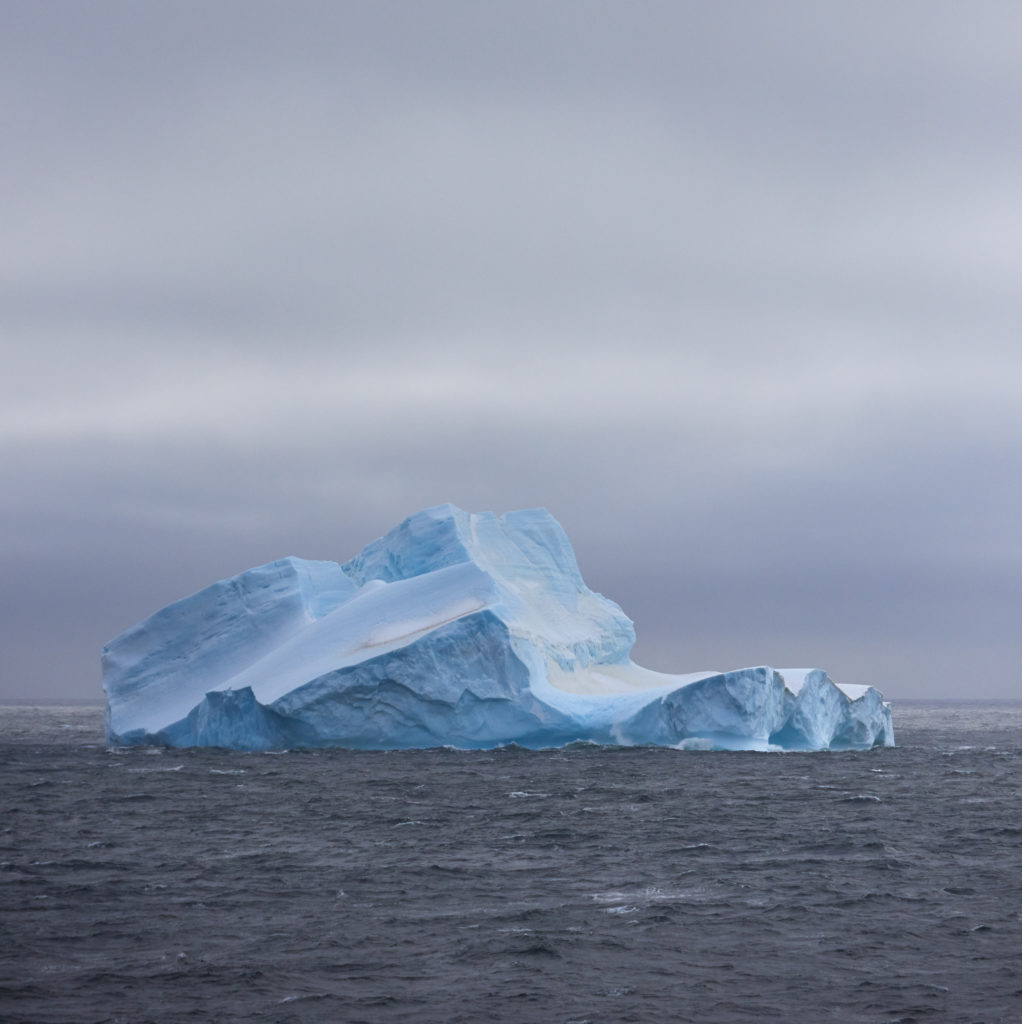
Today there are a lot of choices for cruising to Antarctica, within a considerable price span and a variation of the main focus: whales, geology, penguins, skiing, and of course, photography. But which one is best suited if you are serious about your hobby? Here are some thoughts born out of experience from a cruise we took in November 2016.
The first important point is that IATTO (International Antarctica Treaty Organization) regulations limit the maximum number of passengers to land on Antarctica and South Georgia to 100 people at a time, including the expedition staff. The landing sites are rather small and the regulations prevent you from strolling around at will. Consequently, if a ship carries more than 100 passengers the group landings will be taken in turns. This is what happens on the Ponant fleet of ships, which are among the largest. So smaller is better, but also more costly and often less comfortable.
Make sure that all landings are included in the basic fair. We got two outings per day, location and weather permitting. This came as a nice surprise because it wasn’t even advertised. I guess it’s to limit the disappointment in case the swell is too high for zodiac landings. As our captain said: take each landing as a gift.
I also recommend you do a research on your expedition team. They will chose and prepare the landing sites and guide you during your excursions. Find out what sort of experience they have in Antarctica. Ours were experts in oceanography and geology, among other related professions, always open to give explanation and advise. Btw, expedition refers to the “wet landings” as there are no ports or jetties and you will get wet, one way or the other. And you will have to earn you journey in the “Drake shake”, nice (scary) films about this passage can be found on YouTube.
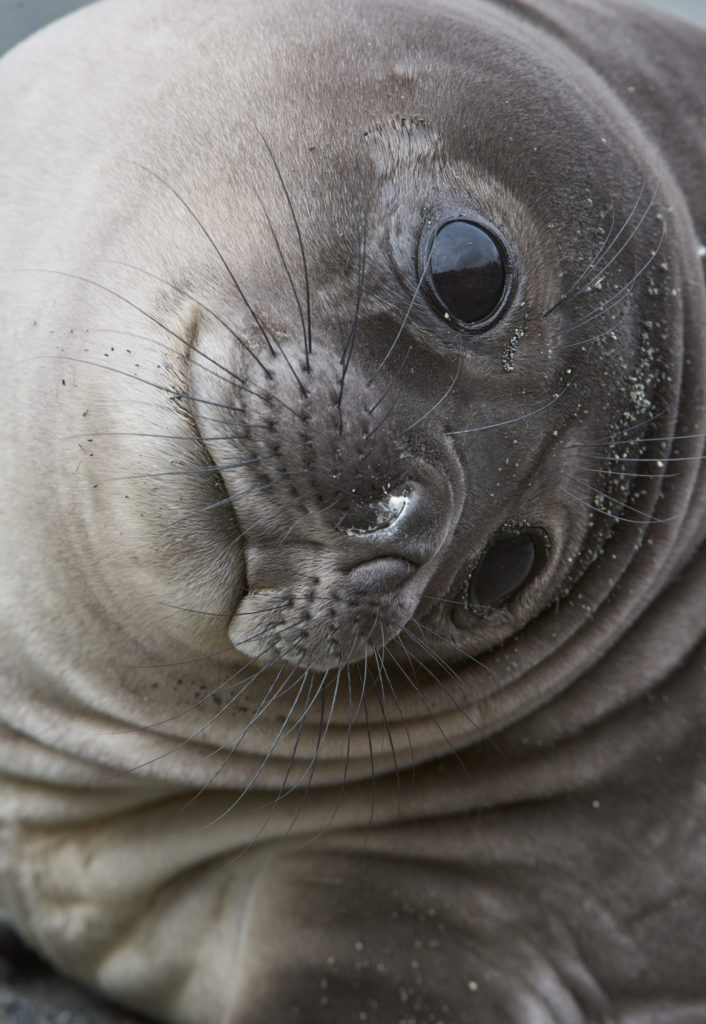
On general-purpose cruises the expedition team will not be able to rearrange their schedule to suit the best light for photography. Our landings took place between 9:00 and 12:00 and then again between 14:00 and 17:00. But the light was never harsh, as we were not cruising in the tropics after all. Given that sunrise is at 3:30 and sunset at 22:30 I doubt that other operators let you go on shore at these times of the day; I recommend checking if you pay 40% extra for a photographic expedition.
It is important to know that commercial ships are ice hardened but they are no icebreakers. This implies that when the pack ice gets too dense there will be a U-turn for most of the vessels. However, cruises on icebreakers are very expensive and uncomfortable because of the ship’s hull design.
Also consider the amount of deck space available (not only) for photographers. Find out if there is an open bridge policy and if you can venture out onto to the bow and stern of the ship. And check out this video, in particular the first half-minute, where the tour leader tells you where he likes to stand and photograph; good for him but maybe a problem for you? It therefore may be counter productive if everybody shares the same interest in photography. From the about 180 guests on our vessel, the Boreal, not even a dozen were photography diehards, and consequently there was never a competition about the best viewing spots.
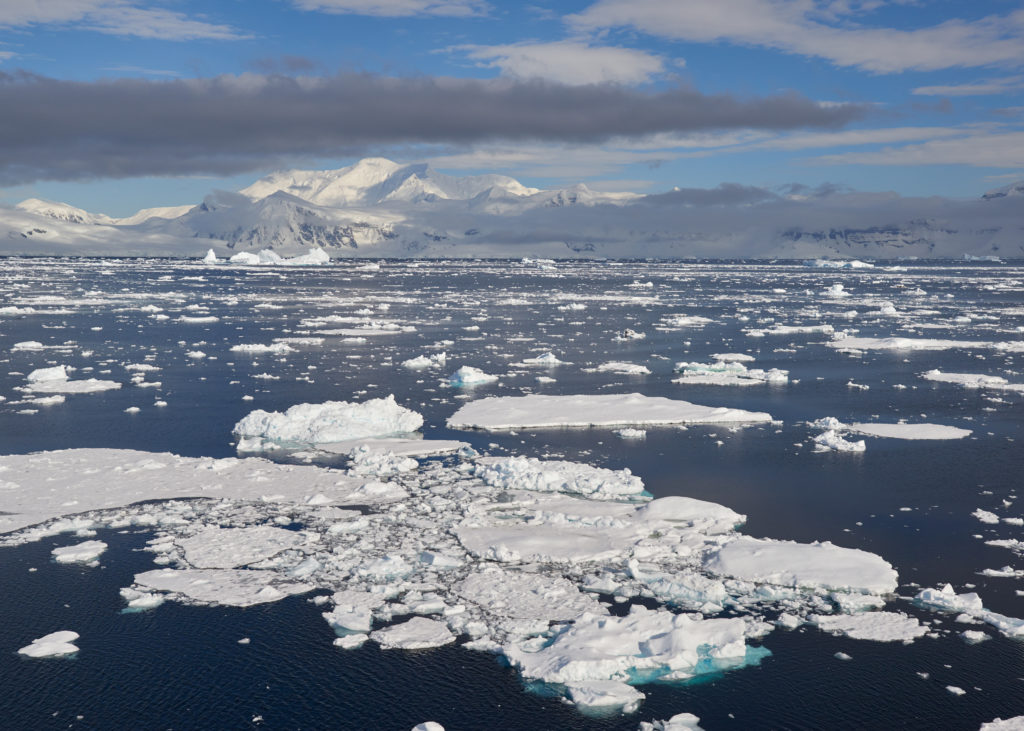
Moreover, all cabins on the Boreal have balconies, so there was no shortage of open deck space, even when the captain called everybody to the main decks. My preferred place was on the stern side of deck 5, sheltered from the wind, and yet with the possibility to step alongside for an unobstructed view into cruising direction.
November is possibly the best time for photography, because later in the season much of the snow and ice will have gone from the landing sites. And they will be covered in penguin excrements, while the birds themselves will have started to head into the sea. November weather is still highly variable in Antarctica though, and you can expect everything from clear blue skies to snow storms. But this is ideal for photography. Antarctica is actually a very dry place and you will never get that orographic lift present on the north slopes of the Alps or the south slopes of the Himalayas, which may results in low visibility for days on end.
It is mandatory to wear a life jacket during all zodiac operations. The operator will provide you with a lifejacket so you don’t have to bring your own. You absolutely must have boots that come up to just below the knee and that are completely waterproof. Most expedition ships will provide you with a pair of rubber boots. However, they may not fit perfectly and provide enough warmth and support. Moreover, consider that other guests have used them over the years. I recommend you bring your own boots. We purchased Viking rubber boots that come in a large variety (chose the winter rating), are relatively inexpensive and useful to have around the house for shuffling snow (if you happen to live in such an area).
Sunglasses are also a must, even on overcast days, because of the reflections from the water and glaciers, as well as the still acute ozone depletion. As I need prescription glasses I opted for a skiing/biking compatible design with a 30% absorption glass.
I recommend you purchase (Gore-Tex) bibs rather than pants, as these will give your back more protection in the zodiac. And you must opt for sailing gear; mountain and skiing hardware with zips and pockets is just not tight enough.
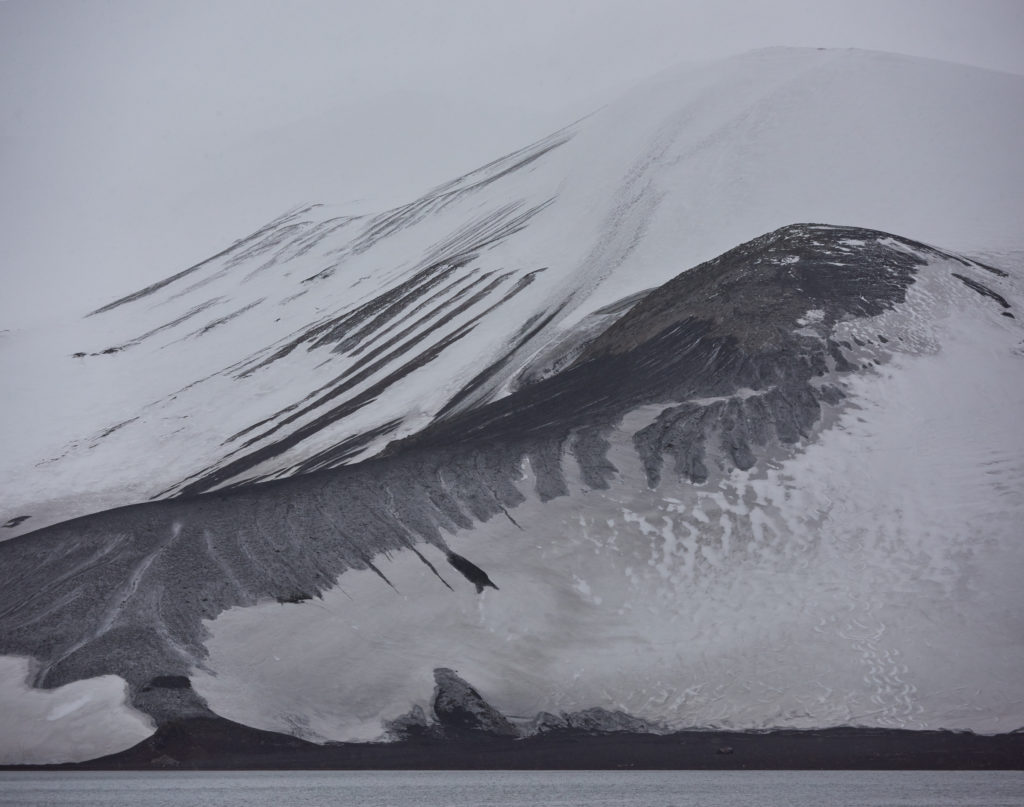
In November the whales migrate to Antarctica. But whale photography is very hit-and-miss, so I would not base a decision on the whale migration. Note that their primary source of nutrition in Antarctica is krill living in depths of no more than 100 meters. So do not expect the display of the tail fins as if the whales were going for deeper waters.
Antarctica is a very demanding place to photograph and can be very hard on photographic equipment. You will have to deal with corrosive sea spray during zodiac operations, shore landings, and when photographing from the deck. And although I don’t like filters, here they are a must. Salt spray, snow, and sleet make a mess of your equipment in no time. Don’t forget a number of microfiber- and glasses-cleaning cloths (wet) and keep a few handy in an outer pocket. The lens hood also gives additional protection.
You should plan to take two camera bodies with you for any expedition to Antarctica. As well as providing you with a level of redundancy the second body allows you to shoot with two different lenses without changing. A great deal of your photography will be done from ship and zodiac where you have only limited ability to approach your subject by “zooming with your feet”. I used two bodies with the 24-70 and 70-200 mm mounted and kept the 200-400 in the bag. The 70-200 accounted for about 80% of my images taken in Antarctica. But I see the point of using those large-range 80-400 or 100-600 mm zoom lenses, even if there is a slight loss of image quality. At more than one occasion, with high winds and salt spray, it was just impossible to change lenses. I also recommend you practice operating your camera with gloves.
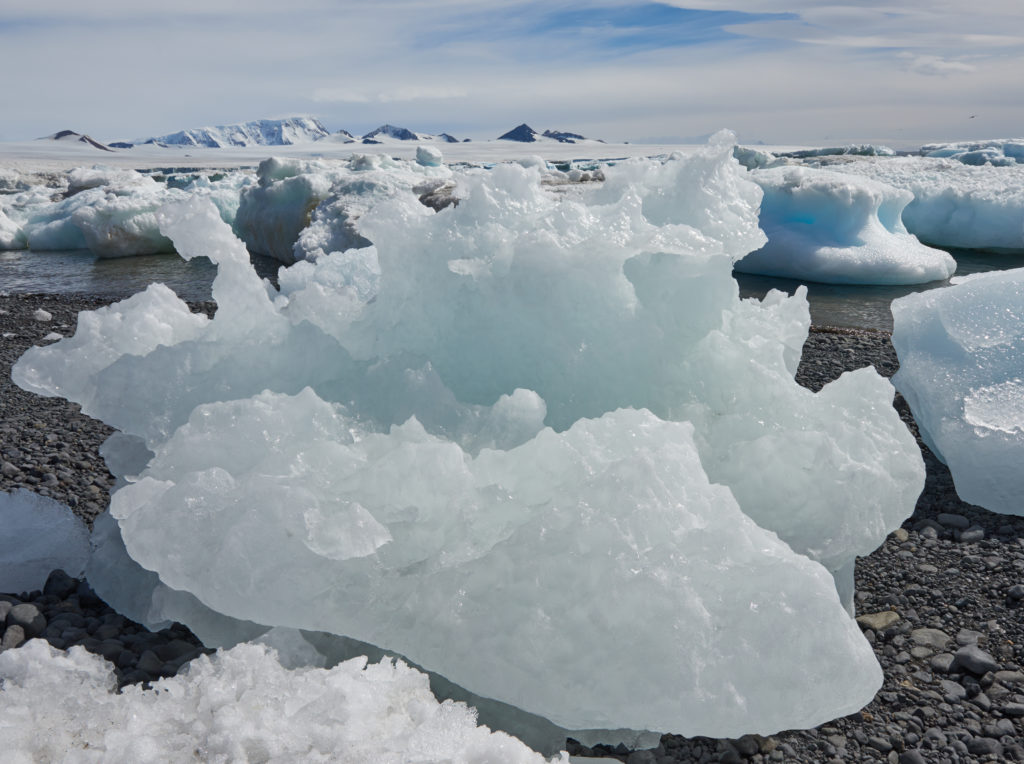
On the vessel there is very little need for a tripod as it transmits vibration from the engine. The human body is a much better absorber of vibration. However, the 200-400 and longer lenses require a support. If you bring a tripod, the heaviest, luggage restrictions permitting, will be just light enough because of the gusting winds.
We were told that our hands must be free for security reasons when embarking into the zodiacs. I therefore brought a photo backpack and a Pelicase; both overhead compartment legal – if not weight legal. The Pelicase is the better choice, for going overboard (it has happened – not to me fortunately), to sit or to knee on it for being at eye level with the penguins, and to have it disinfected before you enter the mother ship. And you can simply rinse the case in the sea water if it has come in contact with penguin guano.
Bring enough batteries for a heavy days shooting. The cold does have an affect on battery life but at least you can recharge your batteries during lunch and dinner times.
It is not uncommon to have to clean the sensor during an expedition. And as there are no camera repair shops, learn how to clean your sensor. I use the Giottos rocket blower, the swabs, and the gel stick depending on the damage.
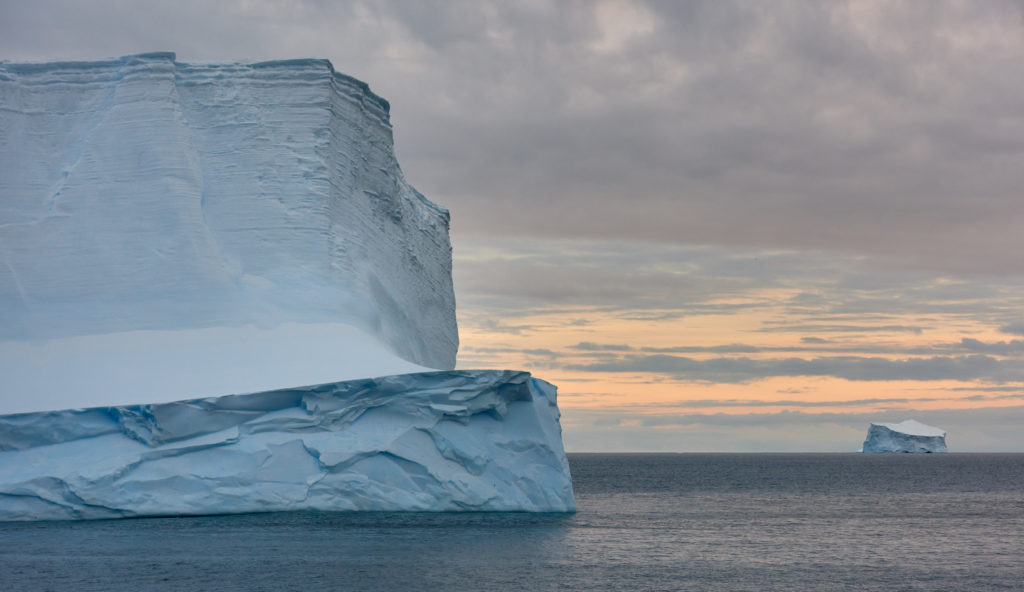
Three weeks of constant daily shooting is a long time, and thus you will need some storage media. My approach now in the field is to shoot RAW on both the SD and CF cards. The images from the SD card are downloaded on the PC whenever time permits, sorted and curated for obvious failures. And while the SD card is reformatted after the download, I keep the CF cards as a backup in the event of a PC crash or other disaster (theft). The RAW files processed with CaptureOne and Photoshop during the trip are then saved on an external SSD drive. If you think this is an over-abundance of caution, consider the likelihood of reshooting a scene on another trip.
I shot about 6500 images from which 90 are worth displaying/printing. Which may look like a small keeper rate can be explained by trying to shoot birds in flight, and continuous shooting as the ship is moving passed icebergs and mountain ridges. But subtract the days at sea, this still corresponds to about ten keepers per day. I don’t recall any other trip that was so successful. This says a lot. SR